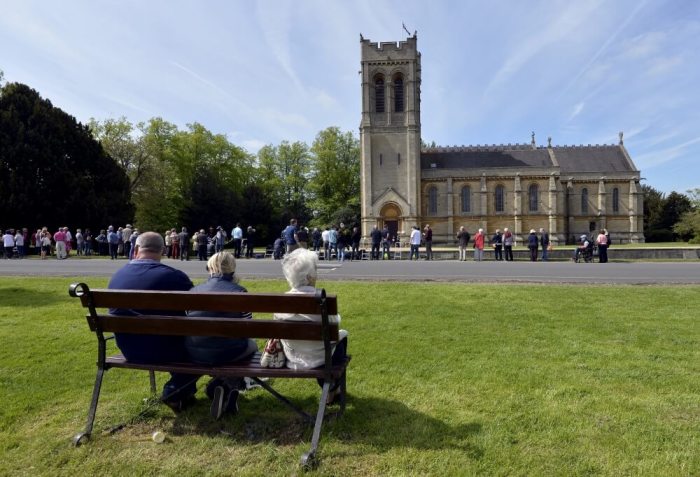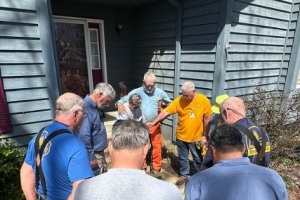Church of England proposal seeks to rent out poorly attended churches, wait for "future growth'

To combat dwindling congregations and a significant drop in regular worship attendance, the Church of England has proposed a plan to rent out underused parish churches instead of selling them, giving them time to “lie fallow” with the potential for future reopening.
The proposal comes in response to the current practice of merging poorly attended churches with larger parishes and selling off the vacated buildings.
The plan, considered by the General Synod, the CofE’s legislative body, proposes a solution that aims to retain these buildings, renting them out to local authorities, other Christian denominations, or other institutions under shared ownership deals, according to The Telegraph.
The Church Commissioners for England, the group responsible for managing the CofE’s $13 billion endowment fund and investment portfolio, proposed the plan — the archbishop of Canterbury chairs this group.
To be debated at the Synod this week, the plan promotes allowing churches to “lie fallow,” suggesting that such a move will “enable the church and community to remain open to new opportunities for witness and service as circumstances change.” This concept is not about hibernation but rather a form of “waiting on the Lord,” allowing churches to reopen when the time is right.
Campaigners who have long accused archbishops of overseeing the rapid disintegration of parishes have hailed the proposal as a victory.
The Rev. Marcus Walker, chairman of the Save the Parish campaign group, described it as “a real win for local parishioners across the country.” It is expected that parishioners whose churches lie fallow under the proposed plan will have to travel elsewhere to worship.
However, this new approach comes against a backdrop of a steep decline in church attendance over the past decade. In June, Archbishop of Canterbury Justin Welby characterized the drop in church attendance during his tenure as a personal “failure.”
The report features a “theological introduction” penned by the Bishop of Ramsbury, Andrew Rumsey, which urges dioceses and national church organizations to consider the substantial burden of governance that can weigh significantly on small communities, especially local volunteers who, in numerous locations, are valiantly struggling to keep their churches open despite formidable challenges.
He noted that amid the stress and scarcity of resources, there is a tendency to prematurely shut down the future of our architectural legacy, according to Church Times. However, he suggests that we can learn from our buildings themselves, many of which have withstood the test of time and endured multiple seasons of fluctuating abundance.
“If an increasing number of these find their future resilience or viability called into question — through a combination of material challenges, congregational decline and dearth of officers and clergy — then we must provide options that do not flog what is weary but allow for its sabbath rest. This is the logic behind the idea of a fallow or ‘jubilee’ period for church buildings that could allow the common ground between church and neighborhood to recover its fertility and wait upon future growth,” he wrote.
In 2013, the average Sunday service attendance across the CofE was a little over 1 million. By 2019, this number had dropped to 854,000, a decline of over 15%. A further decline occurred in the wake of the pandemic, with a report by the Diocese of Oxford estimating that attendance in October 2022 was at 81% of 2019 levels.
The issue of declining numbers extends beyond church attendance.
According to CofE data analyzed by The Telegraph, 423 churches closed between 2010 and 2019, with nearly 1,000 churches closed from 1987 to 2019. This decline has brought the number of operational churches down to around 15,496.
Simultaneously, Christianity’s overall share of the population in England and Wales has dropped. According to the Office for National Statistics, Christians made up 46.2% of the population in 2021, a decrease from 59.3% in 2011.





























